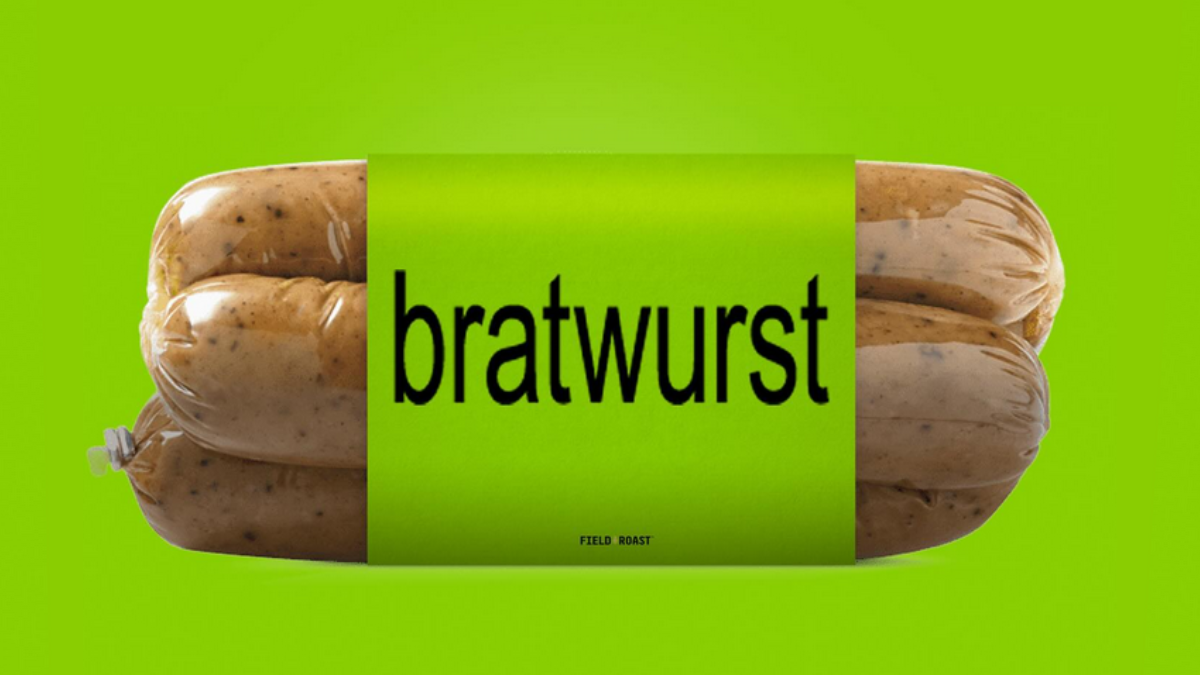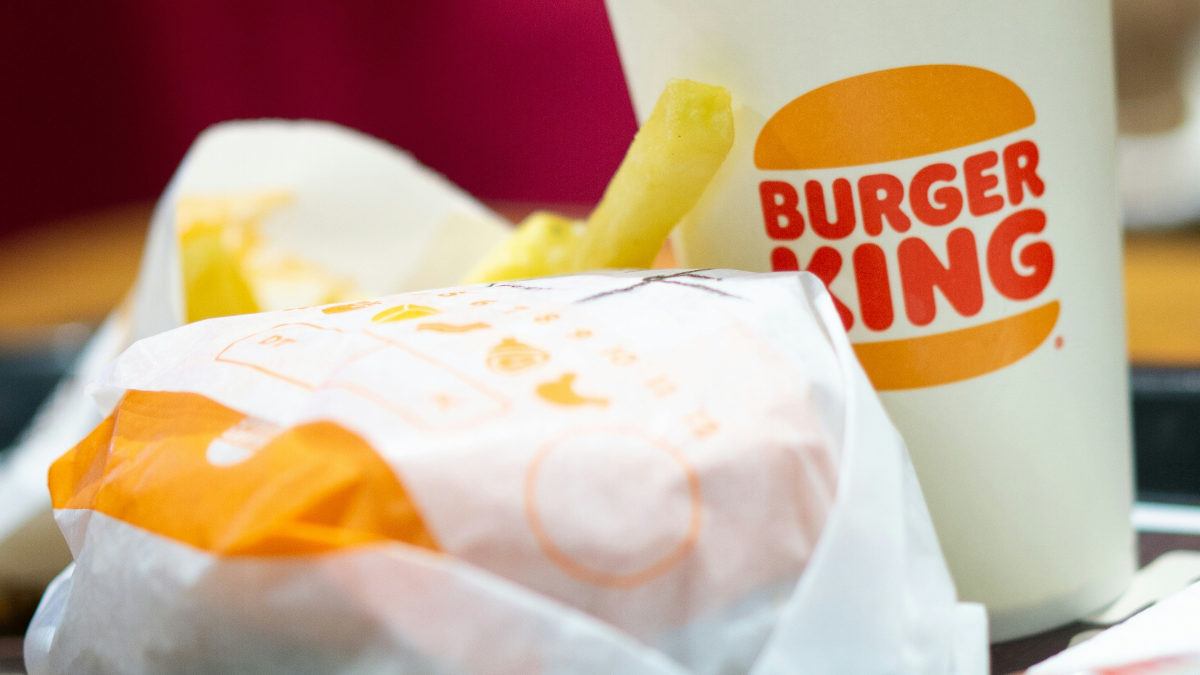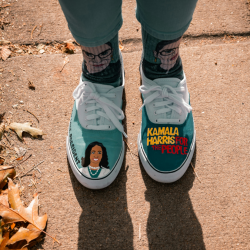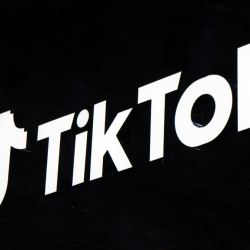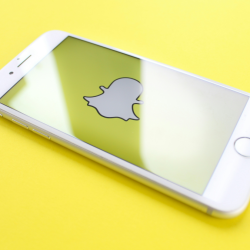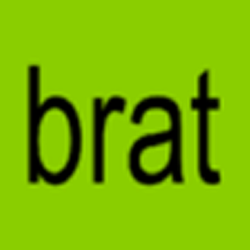Brands delighted in the reign of Brat Summer and all her lurid, lime-green glory. But with Demure Fall declared the aesthetic au jour, does every pop culture moment need a marketing spin?
Whether it was on your For You Page or yet another marketer’s LinkedIn analysis, you’ve likely heard the news — The Girls have packed away their Brat starter packs and are embracing a ‘very mindful, very demure’ outlook this season. This swift turnover is par for the course in the short shelf-life of TikTok memes and microtrends. In the age before algorithms, trends once enjoyed a 5-10 year life cycle, dictated by fashion houses and disseminated by celebrities. Today, social media and the rise of UGC have not only democratised the digital trend cycle, but sent it into hyperdrive.
Whilst aligning brands with pop culture is a time-honoured tradition, today’s fickle zeitgeist demands a more nuanced approach. The challenge isn’t merely deciding whether to participate, but how to do so authentically and effectively. Let’s dissect some of the key ingredients for trend and meme success, drawing inspiration from those who’ve mastered the art of the viral moment (and those who may have better luck next time).
Don’t be late to the party
TikTok’s trends are ephemeral. Timing will either make or break a brand’s cultural cachet — take too long to react, and today’s viral sensation will already be tomorrow’s dated reference. Successfully riding a trend requires a keen eye for emerging cultural moments and fast reflexes.
Do be agile and audacious: plant-based brand Field Roast seized #bratsummer with a timely, tongue-in-cheek social and OOH activation. Their Brat-green, Brat-wurst billboard dropped over Pride weekend, seamlessly integrating the product into the cultural conversation. ‘Big cultural moments don’t happen every day,’ said No Fixed Address’ Jamie Marcovitch on the campaign. ‘When you see an opportunity where your brand can play a role, act on it.’
Don’t get caught up in red tape: Heinz was left red in the face last year when they posted their ‘Barbie-cue’ concept on August 1st — ten days after the Barbie movie released in cinemas, and following a slew of marketing hype and brand collabs. Brands must streamline decision-making to enable teams to act swiftly. Approval chains should be minimal, and cross-functional collaboration essential.
Keep it real, keep it relevant
Successful trendjacking requires authenticity. Brands that ace moment marketing understand who they are, what they stand for and how they communicate this message to consumers. To achieve genuine cultural relevance, it’s imperative to identify the trends that amplify and build into your brand’s story.
Do embrace your social USP: Zaria Parvez transformed Duolingo from a language app into a beloved TikTok personality, growing the brand’s following from 50K to 5M in a year. This rapid ascent showcases the power of immersing in platform culture and developing a strong online identity — so when your brand participates in trends, every engagement feels authentic and distinctly you.
Don’t sacrifice brand integrity for short-term gains: attempting to engage in meme culture, Tampax tweeted, ‘You’re in their DMs. We’re in them.’ and went viral for the wrong reasons. Critics accused the brand of sexualising menstruation, causing #BoycottTampax to trend and sparking transphobic rhetoric. Upholding your brand’s core values should always be top priority, even when chasing short-term trends.
Remember to read the room
It’s tempting to dive into a trending meme before the moment passes, but first ask yourself — will your audience know what you’re talking about? More critically, what is the overarching sentiment around it? Always consider your brand values, messaging and guardrails. Will being in on the joke appeal or alienate your ideal core customer?
Do adapt what already exists: whilst not the only brand employing this tactic, Walgreens has perfected the art of using a current trend to promote a product — take this animated Apple Cider dance, or this quadrant chart. Remember, your audience follows you for a reason. Flaunt what you’ve already got; if you try too hard to create something new, you’re more likely to miss the moment entirely.
Don’t sacrifice your core value for trendy messaging: Bumble’s rebrand began with Renaissance-inspired memes, playfully addressing online dating burnout — and ended with the hasty removal of their OOH and video ads, just days after launch. Don’t prioritise attention over delivering value. Brands should always conduct thorough research and testing before launching major changes to ensure they’re received well.
Tap into the creator economy
User generated content is the lifeblood of TikTok. Harnessing the power of creators can supercharge your brand’s visibility. Collaborate with influencers whose audience aligns with your target market. Empower your community to share their experiences with your brand through challenges, contests, and authentic storytelling.
Do embrace moments for collaboration: after memes of Ben Affleck’s ‘Dunkin Donuts addiction’ began circulating in 2020, the brand capitalised on the buzz by enlisting the actor for a playful ad. Today, Affleck is a Dunkin Donut ambassador, with the latest campaign airing during this year’s Super Bowl — proving how savvy brands can convert cultural moments into creative partnerships and brand growth.
Don’t underestimate bad press from creators: collaborating with platform creators means playing ball in their court — and if you mistreat them, they won’t hesitate to name and shame. The Digital Guillotine movement following this year’s Met Gala demonstrated the considerable influence that loyal TikTok communities wield. To avoid a minor issue becoming a PR crisis, respect is essential.
Mitigate risks, maximise rewards
The Internet may be fickle, but it’s also forever. Navigating digital culture necessitates a strong emphasis on brand safety. Brands can’t control what content their ads will show up alongside, but they should consider the potential cost of virality and engaging with trends that could lead to long-lasting reputational damage.
Do proactively identify potential risks: Wendy’s has carved out a niche for their meme-heavy, confrontational social media presence, which they balance by monitoring interactions to avoid any brand mishaps. Brands can enhance this approach by employing AI-monitoring tools to scan for disinformation and negative sentiment in real-time, allowing for proactive and perhaps even witty responses.
Don’t be an edgelord (pretty please): brands like Ryanair and Liquid Death toe the line between clever and controversial; because they’ve invested in a strategic and irreverent tone. Jumping on pop culture moments like ‘Hawk Tuah’ or trying too hard to be provocative — like the time a beer brand suggested its customers ‘try eating ass’ for Dry January — are likely to backfire, and could cost you your job.
Have fun! It’s never that deep
Perhaps the most crucial insight in the current ‘Brat to Demure pipeline’ discourse is that, as an industry, we’re a tad guilty of too much navel-gazing. Meme culture is, by nature, never that deep. Not every online trend requires meticulous dissection; sometimes the curtains really are just blue. Shoehorning ‘demure’ into your next tweet could earn you brownie points — but netizens are discerning and most likely, they’ll sniff out your desperation and mock you for it.
As third spaces decline and prices soar, the internet is increasingly becoming the primary place for community and belonging. Trends and memes are born, shared and often discarded just as quickly, all in the name of good, mindless, communal fun. Rather than over-analysing every digital ripple and co-opting the moment, brands should focus on telling their stories, building authentic connections and using trends to connect with audiences and reinforce their value proposition.
Featured image: Field Roast / Instagram




















